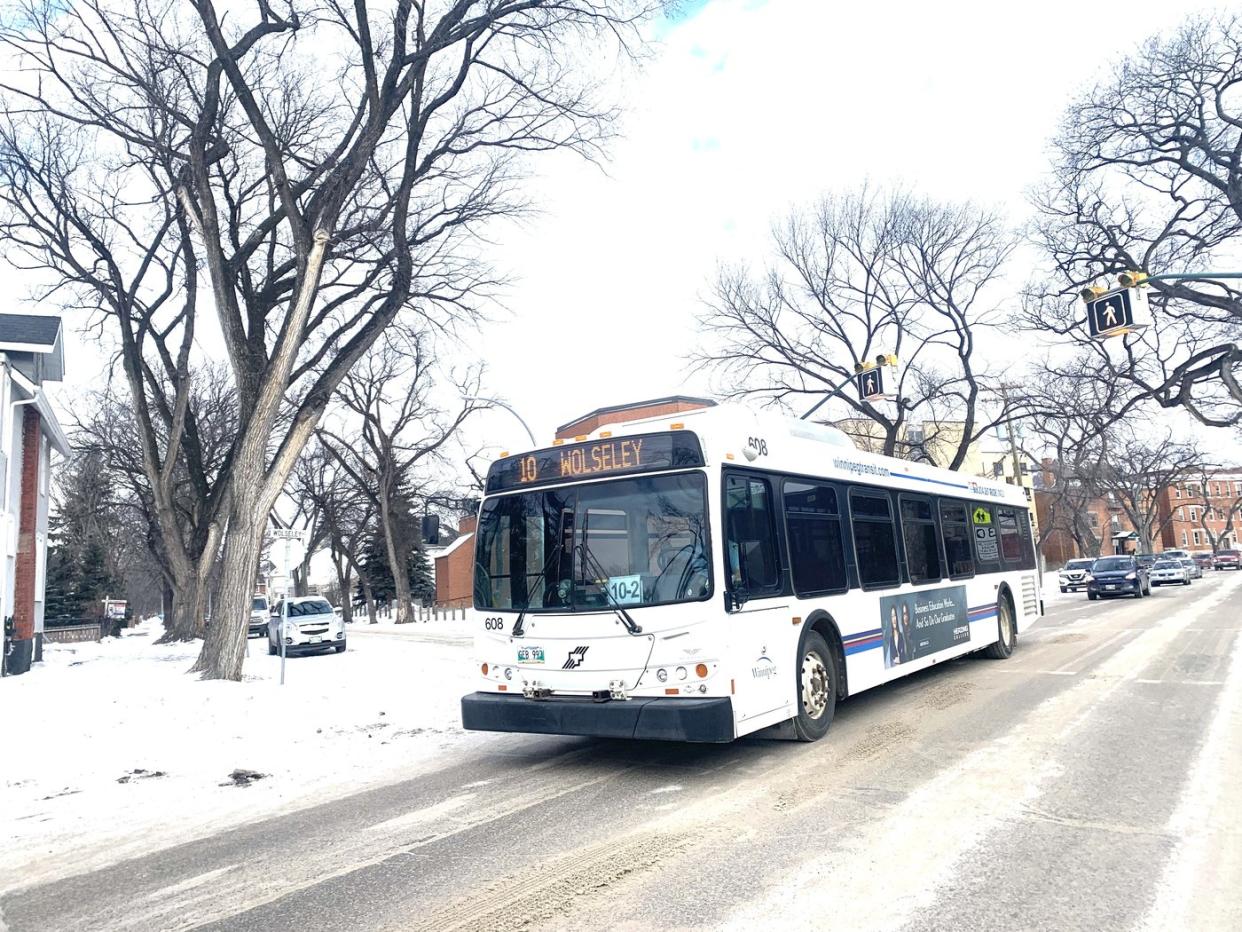Not the first time city has tried to run urban highway through neighbourhood - Resident’s group considering legal action

The Executive Policy Committee (EPC) meeting on June 18th saw more comments on the proposed Transit Master Plan from Wolseley residents. Despite a further round of delegations, the EPC has put the Master Plan through with no changes.
Among the delegations at the June 18th meeting was Molly McCraken, a Wolseley Resident living on Arlington Street. She reiterated the concerns the Wolseley residents voiced at the previous public works meeting, such as the tension between the Wolseley Street Greenway and increased transit and the effects of the #10 bus’ cancellation.
She discussed concerns regarding Arlington Street’s ability to manage an increased load of buses. McCraken brought up statistics from the City’s Transportation Manual which states that minor collector streets must have a 22 metres of right of way with 10 metres of road curb-to-curb. Arlington, in its current state, has a 17 metres of right of way with 9 metres curb-to-curb.
Additionally, the street is currently in ‘fair’ condition and the City has not set money aside in their budget to repair the streets.
McCraken says she whole-heartedly supports public transit, but that for this plan to be successful “it has to be sustainable.”
She also pointed out that this is not the first instance of the City of Winnipeg attempting to turn Arlington into an urban highway.
In a 2022 article for the Winnipeg Free Press, local historian Christian Cassidy discussed the 1906 unification of Arlington Street, Brant Street and Brown Street to create the Arlington as seen today, and develop a thoroughfare, alternative to Main Street.
The plan called for a bridge at the north end of the route, and a second that would cross the Assiniboine river at its southern end.
The construction of a south Arlington bridge was intended for street car access but local politicians and citizens opposed rendering the street an urban highway.
“100 years ago, when this portion of the city was being built, the population around Arlington south of Portage organized regarding the consideration of street cars. At that point, the local councillors rejected this street being used as a traffic thoroughfare,” McCraken said. “I’m asking you to uphold this decision.”
At the EPC, McCraken said that Arlington residents are considering legal action.
Residents Greg Wilson and Anne McConkey also raised their concern with children using the greenway on their bikes, skateboards, or travelling in strollers with the increased traffic the buses would bring.
“Kids don’t always listen and follow the rules. As an elementary school teacher I know that students often run out to meet their parents,” said Wilson.
Chair of the EPC Janice Lukes asked Wilson if he knew that Transit could make adjustments after a one year trial, if there were any safety needs.
“So then it would only be one year of an unsafe situation,” Wilson replied.
“Arlington and Wolseley are narrow congested streets. When people cross at Wolseley and Maryland at rush hour often takes 10 to 20 minutes to turn at the corner, said McConkey.
“One of the real issues here is the lack of financial investment in public transit. Its very unfortunate, a tragedy really, that transit has been asked to revamp the entire system with no increase in funding. Meanwhile the city is considering spending hundreds of millions expanding Kenaston.”
“If even a small portion of this money was invested in public transit more people could be served in a way that is environmentally sustainable… a smaller transit bus would cost about a million. To put that into perspective, it is less than 0.2% of the Kenaston proposal,” McConkey added.
Throughout this process, Councillor Cindy Gilroy has been trying to advocate for Wolseley residents within the city council. Now, with the transit plan going through, Coun. Gilroy will be doing her best to gain some ground for concerned Arlington residents.
“I’ll have to fight to try to get that road fixed,” Coun. Gilroy says. “I have asked EPC through email, if they are going to let this go through, at least look at the road.” While the Council still has to vote on the Master Plan, it looks unlikely that any major changes to the route will be made at this stage.
The response of Wolseley residents shows the importance of public consultation in major works like transit and may be an indication of future challenges for Winnipegger along the new transit line, especially those on Morley Avenue and Cathedral Avenue which have similar issues.
“I wish there was better consultation and I wish that the community had a little more voice, understanding the impacts on the greenway,” Coun. Gilroy says. “I feel that was really lacking and lost from the public service.”
On June 27th, Council passed the transit plan 15 to 1, but councillors spoke up against the quality of consultation, the absence of independent assessment and the lack of funding to expand the route rather than just make it more efficient.
“Residents will see this as a cut in service,” Coun. Wyatt said. “I don’t think the homework has been done here properly and we’re rolling out a plan and we’re going to be doing a lot of damage control, especially in the first winter of 2025.”
“Residents were really concerned … and I still share their concern,” Coun. Gilroy said in council. “However, this overall plan for the city is going to be valuable.”
Patrick Harney, Leaf files, Local Journalism Initiative Reporter, The Leaf


